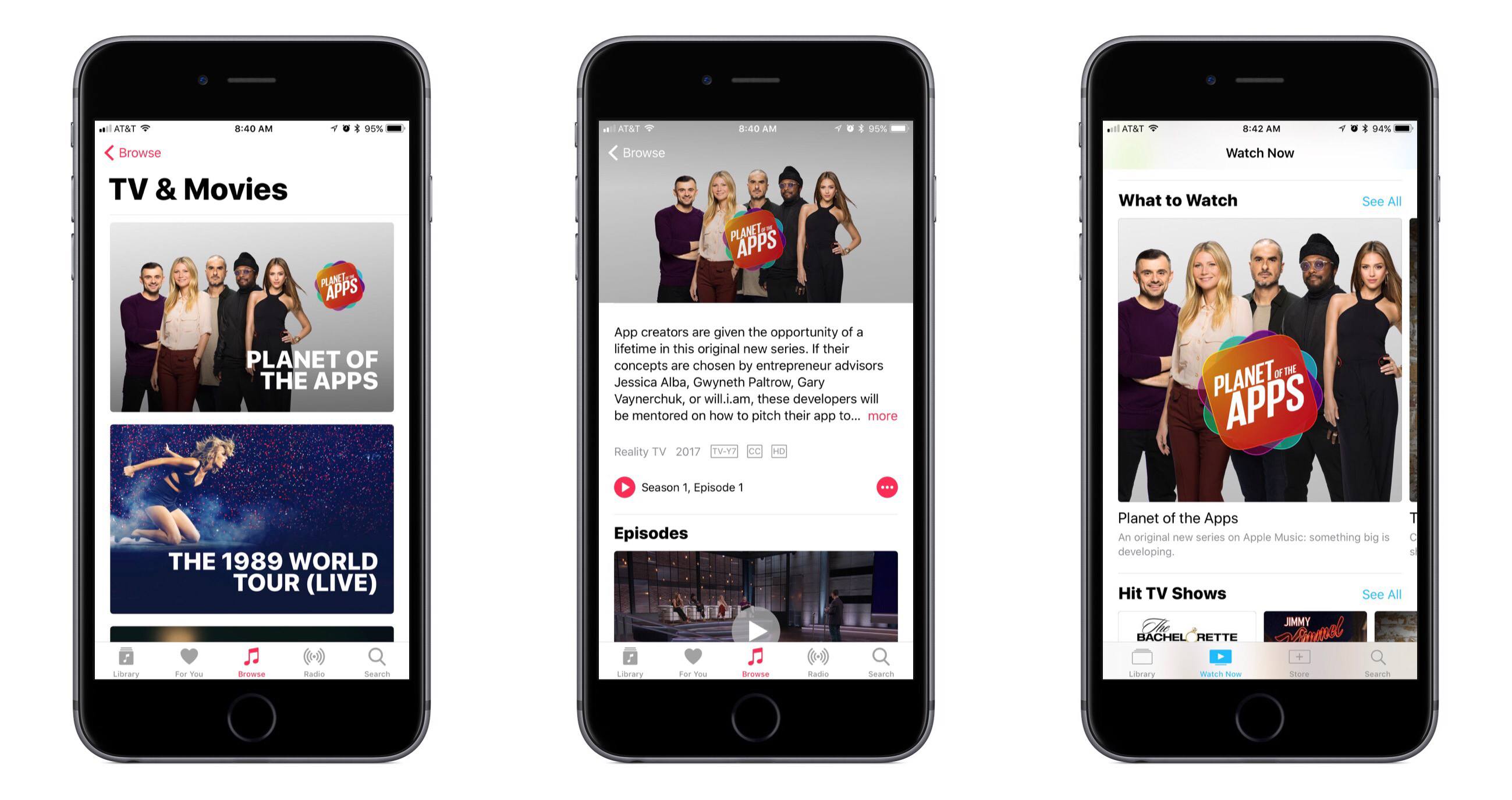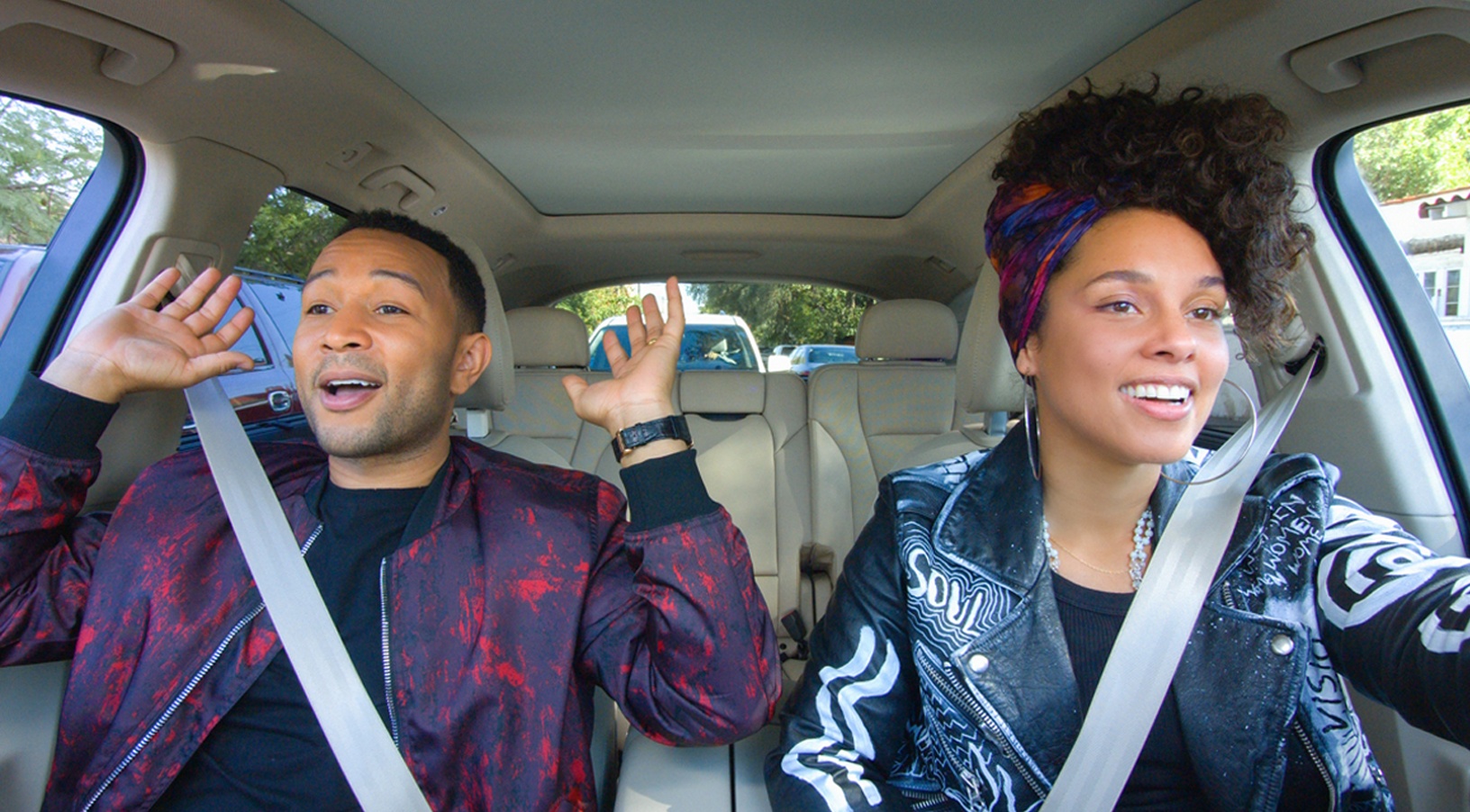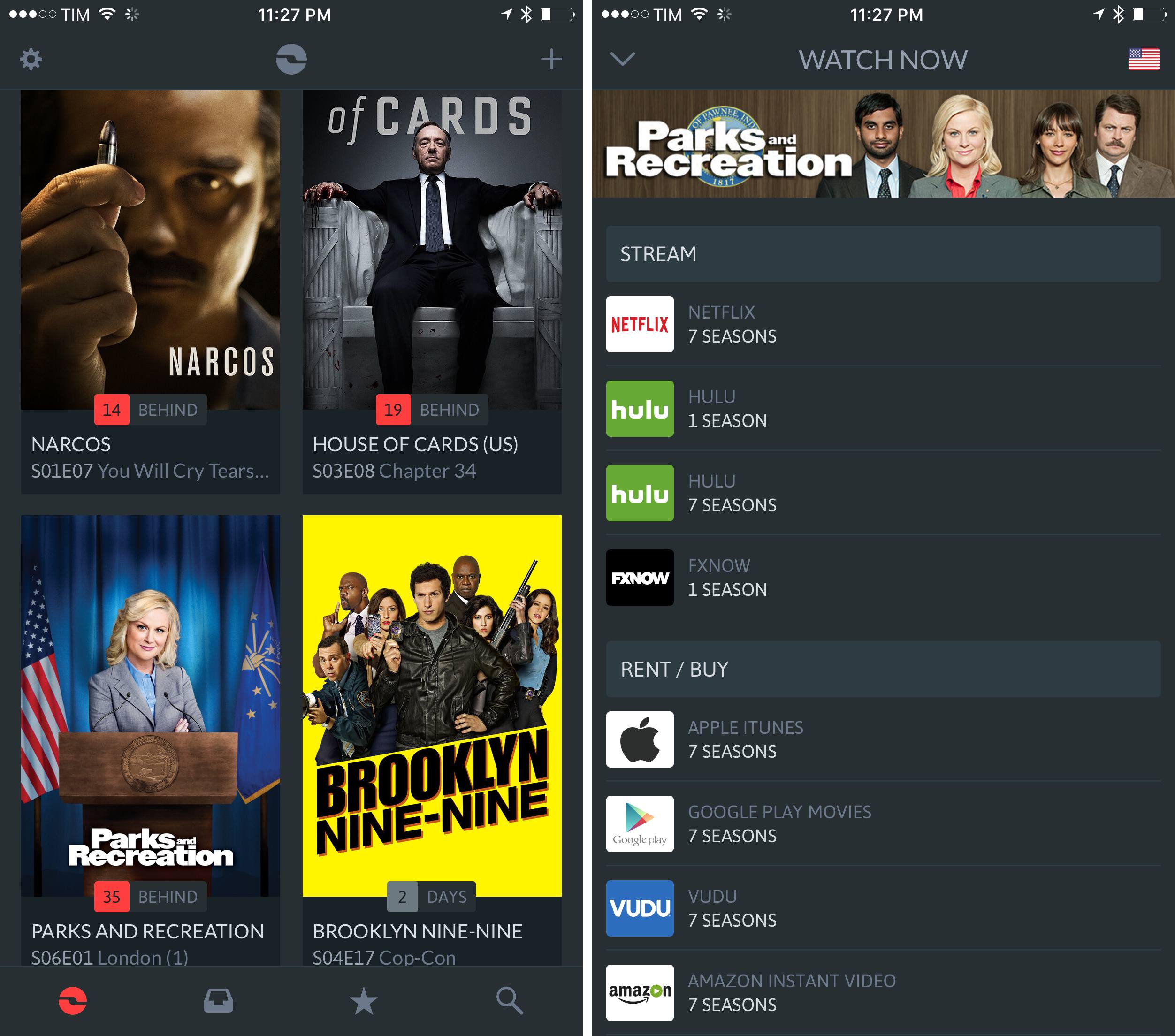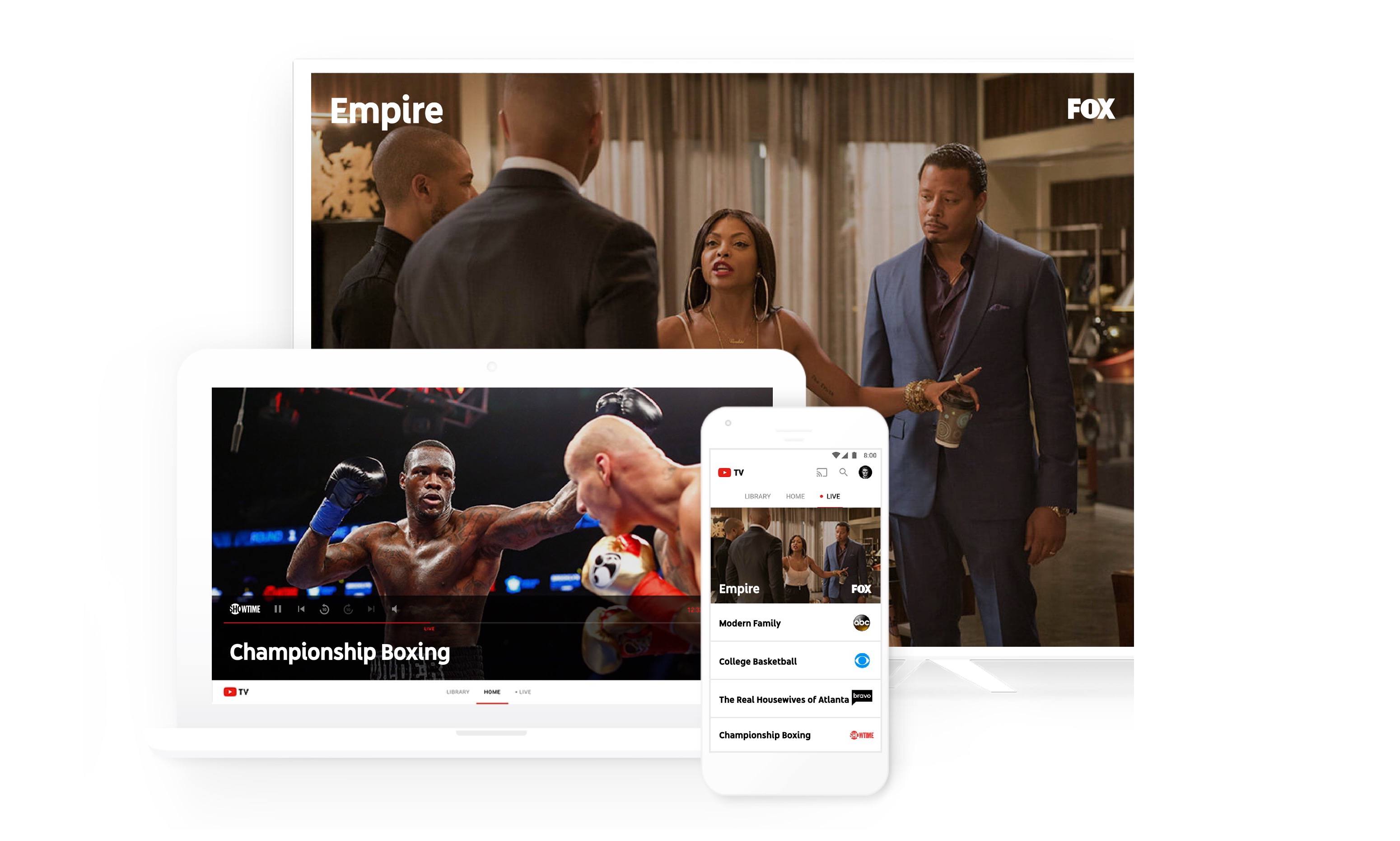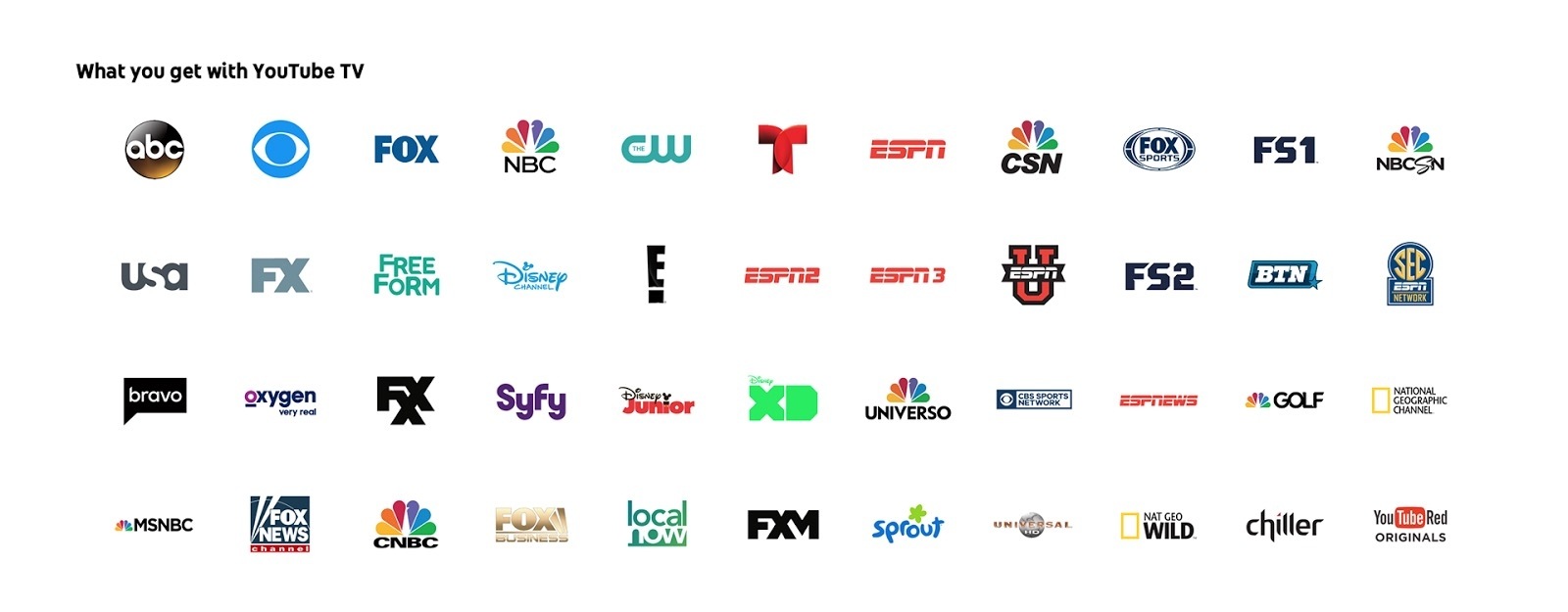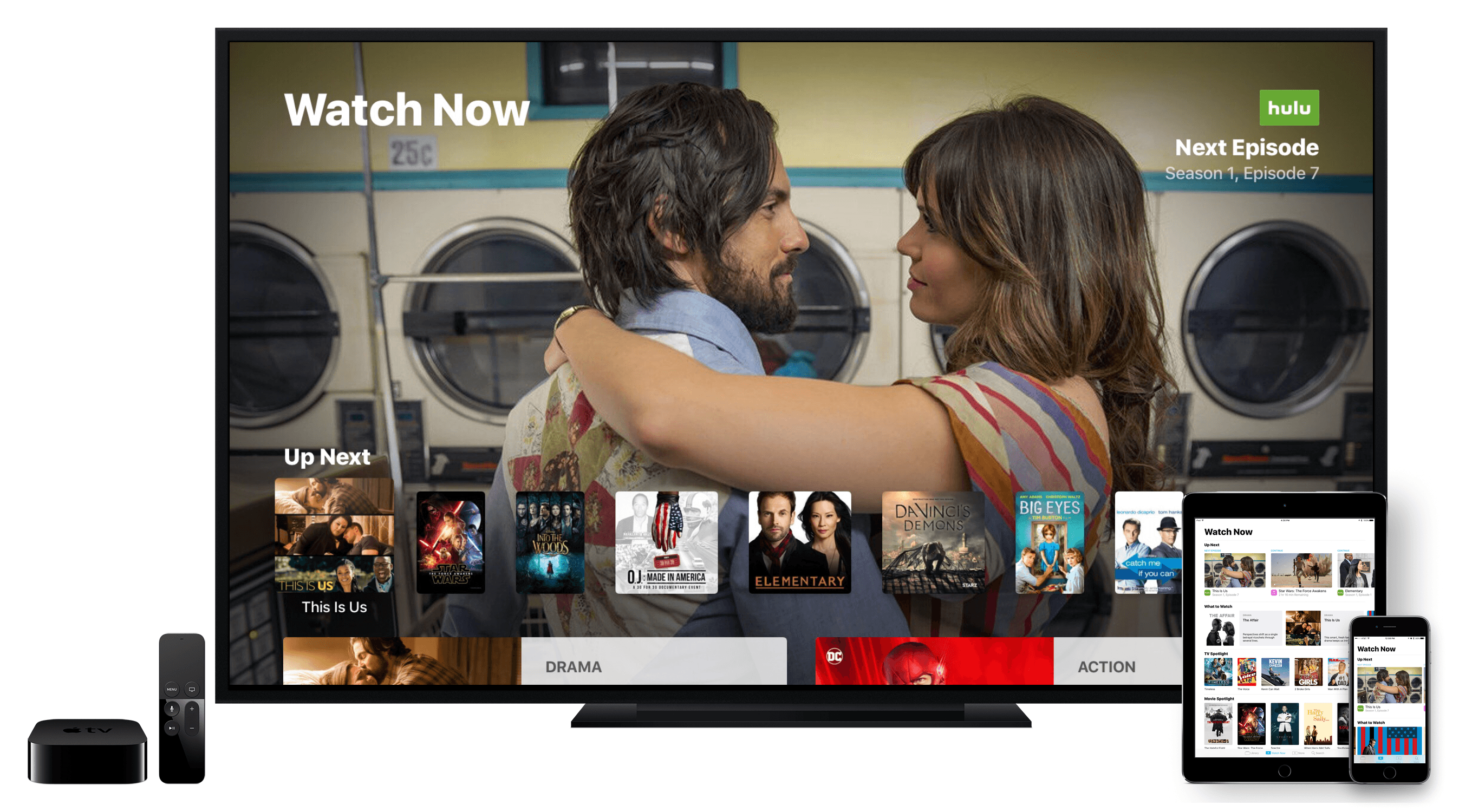Pavan Rajam shares a broad look at Apple’s video-related efforts, evaluating the company’s current position and its potential for greater impact in the fast-shifting market.
Today, there is no meaningful exclusive video content on Apple platforms. Apple, thus far, has relied on its design and engineering prowess to differentiate its video offerings.
It’s clear this strategy isn’t working.
The iTunes Store is arguably the best transactional video storefront, but that alone is not enough to stop consumers from adopting subscription services. The TV app has a great UI and cross app integration, but that does not justify the $150 price to get it on your TV. Apple TV is the best designed, most capable streaming video box on the market, but that isn’t enough to justify its premium pricing when the same streaming services are available on every other platform with a significantly lower cost of entry.
Rajam’s overview makes clear the significant challenges Apple faces in this market. Though the company is making heavy investment in developing original content, it’s unknown what the plan for distributing that content will be: will it be widely available across all platforms, or exclusive to Apple hardware? Both approaches have clear benefits and drawbacks, so the question goes back to what the bigger goal is.
Apple ultimately has to decide what is more important: Apple TV as a premium hardware product line or a streaming video service that runs across all of its platforms.
I expect that by the end of this year, whether Apple’s video content is released by then or not, we will at least have the answer to that question.
Currently, a big reason video services like Netflix thrive is that they’re available to a huge number of customers – regardless of what TV, phone, or computer you own, you can get Netflix. It would be against industry practice for Apple to create a video streaming service that’s exclusive to its hardware. Hollywood likely wouldn’t appreciate that either, as creators want their work shared as widely as possible. For those reasons, I have a hard time seeing Apple launch a service that isn’t, at the very least, available to users on some other platforms.
If Apple did make its service available on select other platforms, such as Android and the web, it could still position Apple TV as the only way to watch its shows on the big screen. Non-Apple users would still have access to the service, but if Apple does its job and creates truly compelling new shows that people love, many of those users may then be willing to splurge for a premium set-top box. Asking anyone to pay $150 for access to a streaming service is a hard sell, but if you can first hook people on shows they love, they’ll eventually want to watch those shows in a way that’s most comfortable: on their TV.




